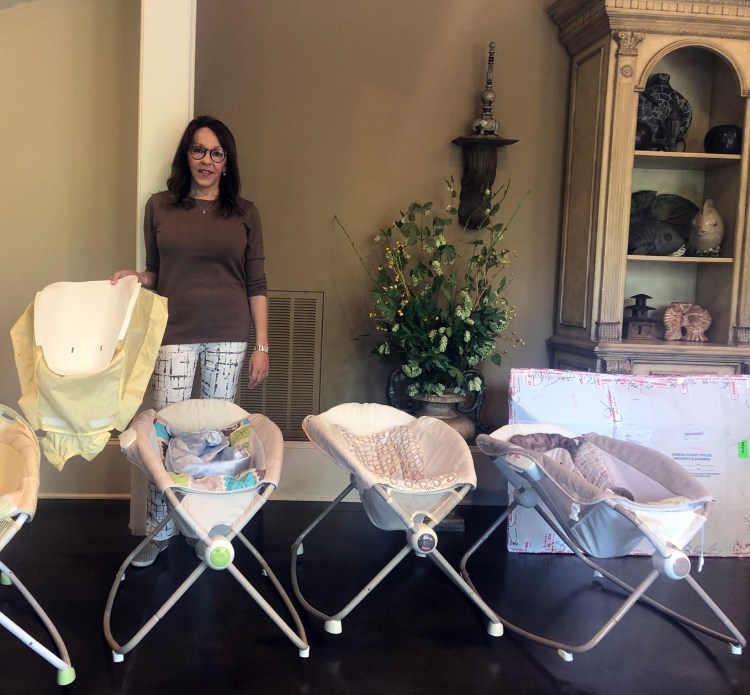The history of recalled children’s products is long and tragic.
Take the story of 16-month-old Danny Keysar. Twenty-one years ago, he died in a crib at his child care facility. What nobody realized – not even the state inspector who visited the facility a few days before the incident – was that the crib had been recalled five years earlier.
Danny’s parents founded Kids In Danger in an effort to bring attention to this problem. But despite some progress made in the product safety system in the last two decades, unsafe products that have been recalled still ended up being used in child care facilities in 2019.
One example is the continued use of the recalled Fisher-Price Rock ‘n Play Sleeper in many day care centers. Almost 5 million of these inclined sleepers were recalled in April after more than 30 babies had died in them. But that recall didn’t take this dangerous product out of circulation.
A new survey conducted by the U.S. Public Interest Research Group and Kids In Danger found that 1 in 10 of 376 licensed child care facilities that responded still used the Rock ‘n Play and another recently recalled product, the Kids II Rocking Sleeper. We even found the products in use in states like Wisconsin and Texas that have banned recalled products in child care facilities.
The recall system can be effective at removing dangerous products from store shelves. But it falls short in making sure the products are returned, which happens with only a fraction of recalled products. The system largely leaves it to parents and child care providers to find out about and deal with the danger. But to get the crucial information they need to keep children safe, they must either sign up for alerts or see recall notices in the news, both of which are easy to miss.
One effective fix is for companies to notify consumers directly by partnering with retailers who often retain customer information for direct marketing. These companies often buy or collect significant amounts of information to identify those most likely to buy certain products, like infant sleepers.
That same marketing tactic could be used to warn consumers as well. And for shoppers of child-related products, posting notices in store aisles could expand the reach of recall notifications.
As for informing child care facilities, the Public Interest Research Group was able to find the phone numbers and email addresses of tens of thousands of day care facilities across the country in a day. A company like Mattel, the maker of the Fisher-Price Rock ‘n Play Sleeper, could easily do this. It shouldn’t be up to parents and child care operators to seek out information about a problem the manufacturer created.
At the moment, only 18 states (Maine is not one of them) have laws that ban the use of recalled products at child care centers. We believe that this legislation should be standard in all states. This is common sense. Unfortunately, as the new survey showed, a ban is effective only if day care facilities are directly notified. This is why the federal Consumer Product Safety Commission needs to work with state agencies to create a process that automatically sends recall notices to each facility.
Unfortunately, the case of the dangerous sleepers is not unique. In this year alone, we’ve also seen recalls of toy vehicles, Disney plush toys and even toddler boots. There are many dangerous children’s products in the marketplace, and though we should try to prevent them from making it to store shelves in the first place, we must also strengthen the systems that ensure that these products are found and returned.
Send questions/comments to the editors.


